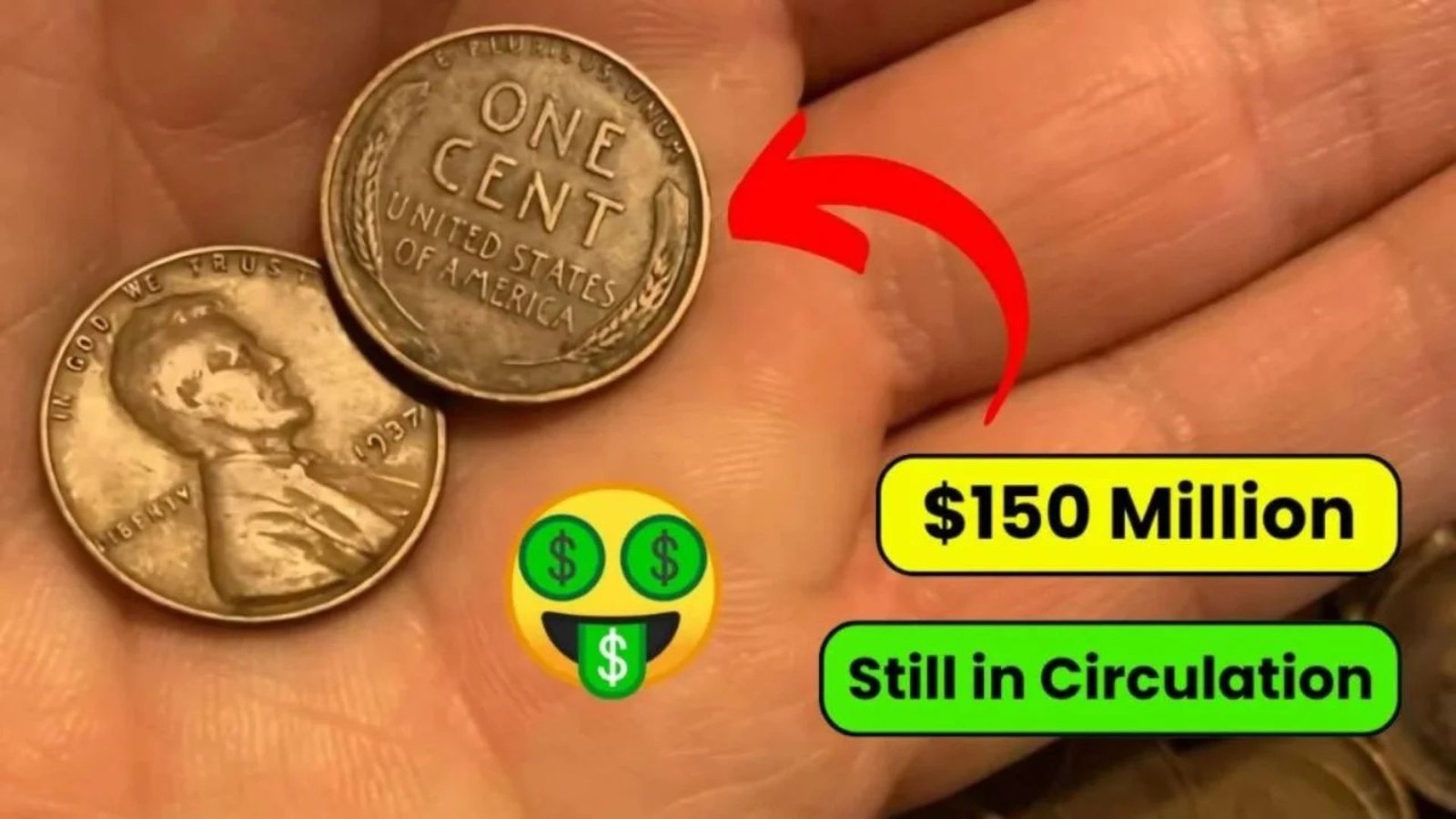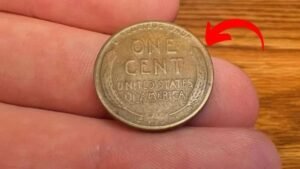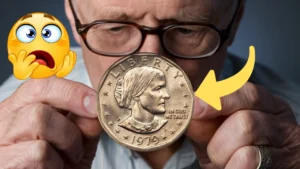Ever stumbled across an old penny and wondered if it’s worth more than a cent? The Lincoln Wheat Penny might just be your ticket to a small fortune. For coin collectors, these iconic coins hold history, rarity, and serious value. Let’s dive into why these pennies are a numismatist’s dream!
What Is a Lincoln Wheat Penny?
The Lincoln Wheat Penny is a U.S. one-cent coin minted from 1909 to 1958. Designed by Victor David Brenner, it features Abraham Lincoln’s profile on the obverse and two wheat stalks on the reverse, giving it the “Wheat Penny” nickname. Its long minting period and rare varieties make it a favorite among numismatists.
A Brief History of the Lincoln Wheat Penny
Introduced in 1909 to honor Lincoln’s centennial, the Wheat Penny was the first U.S. coin to feature a president’s portrait. Initially, Brenner’s initials (V.D.B.) appeared on the reverse, but public outcry led to their removal, creating the rare 1909-S V.D.B. variety. Over 108 years, billions were minted across three mints: Philadelphia, Denver, and San Francisco.
Why Are These Pennies So Valuable?
Lincoln Wheat Pennies are prized for their rarity, condition, and errors. Key dates like the 1909-S V.D.B. or 1914-D, with low mintages, can fetch thousands. Error coins, like the 1943-S Copper Penny, have sold for $1 million at auction due to their scarcity. Condition matters too—high-grade coins command premium prices.
| Key Date | Mintage | Average Value (Good Condition) | Record Auction Price |
|---|---|---|---|
| 1909-S V.D.B. | 484,000 | $700–$1,500 | $168,000 |
| 1914-D | 1,193,000 | $150–$500 | $76,000 |
| 1943-S Copper | ~6 known | $100,000–$1M | $1,000,000 |
How to Start Collecting Lincoln Wheat Pennies
Ready to hunt for treasure? Start by checking pocket change or visiting coin shops. Online marketplaces like eBay or Heritage Auctions offer rare finds. Join numismatic clubs like the American Numismatic Association for resources and community. Always verify authenticity with grading services like PCGS or NGC.
Notable Rare Lincoln Wheat Pennies
Some Wheat Pennies stand out for their jaw-dropping value:
- 1909-S V.D.B.: With only 484,000 minted, it’s a holy grail for collectors.
- 1914-D: Low mintage of 1,193,000 makes it a key date.
- 1943-S Copper: A wartime error coin, with only a few known to exist.
- 1955 Doubled Die: A striking error with doubled text, valued at $1,000+.
| Error Coin | Description | Estimated Value |
|---|---|---|
| 1943-S Copper | Minted on copper instead of zinc | $100,000–$1M |
| 1955 Doubled Die | Noticeable doubling on obverse text | $1,000–$25,000 |
Expert Tips for Coin Collectors
- Check Condition: Use a magnifying glass to assess wear. Higher grades (e.g., MS-65) are worth more.
- Learn Key Dates: Focus on low-mintage years like 1909-S, 1914-D, or 1931-S.
- Spot Errors: Look for doubled dies or wrong metal strikes.
- Store Properly: Use acid-free holders to preserve coin quality.
- Stay Informed: Follow numismatic blogs or join forums like CoinTalk.
Frequently Asked Questions
Q: Are all Wheat Pennies valuable?
A: Not all are rare, but key dates and errors can be worth thousands. Most are worth 4–10 cents in average condition.
Q: Where can I find rare Lincoln Wheat Pennies?
A: Check coin rolls, estate sales, or reputable dealers. Online auctions are great but beware of fakes.
Q: How do I know if my penny is authentic?
A: Have it graded by PCGS or NGC for authenticity and condition.
Conclusion
The Lincoln Wheat Penny isn’t just pocket change—it’s a piece of history that could make you rich. From rare dates to error coins, these pennies captivate collectors worldwide. Start hunting, learn the key varieties, and join the numismatic community. Got a penny jar? Check it now—you might be holding a fortune! Share this post or dive into more coin-collecting tips!




